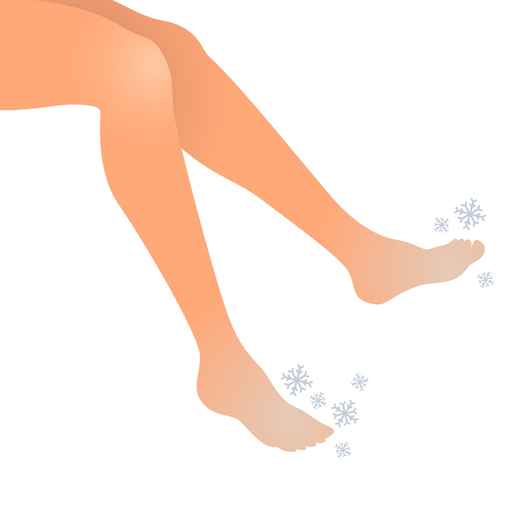
As the seasons shift from winter to spring we are lucky to have some gloriously sunny days, the downside of which is the very cold nights and mornings. This is the type of weather that brings people to the Podiatrist with chilblains.
Chilblains mainly affects the toes, fingers, nose and ears. They look like patches of dark red/ purple skin that are itchy and sore. These patches can ulcerate and crack, leaving them vulnerable to infection.
Chilblains are an altered response to very cold temperatures. Normally in cold temperatures the body will limit the circulation to the extremities by restricting the blood flow in capillaries. This action conserves body heat for the internal organs. In some people the response to the cold is exaggerated. There is prolonged capillary constriction followed by an inadequate relaxing of the capillaries when the area is warmed again. This causes a “traffic jam” in the capillaries, forcing small amounts of blood into the surrounding tissues causing damage, blistering, bruising or ulceration.
At our Podiatry clinic in Mundaring we mainly see chilblains in people who have impaired circulation. Diabetes, heart disease, breathing conditions , smoking, high cholesterol and some medications will impair circulation.
The secret to preventing chilblains is keep the whole body warm, including the extremities. Rug up with warm clothes socks and gloves. Don’t be tempted to spot heat the cold parts of your body as this will just make the “traffic jam” in the capillaries worst.
At Podicare we have a range of warm slippers and boots that are perfect for keeping your toes protected. Our Podiatrists can test the blood flow and blood pressure to your toes, identifying issues before they develop into more significant problems.
To make an appointment call 92953471 or Book online www.podicare.com.au/book